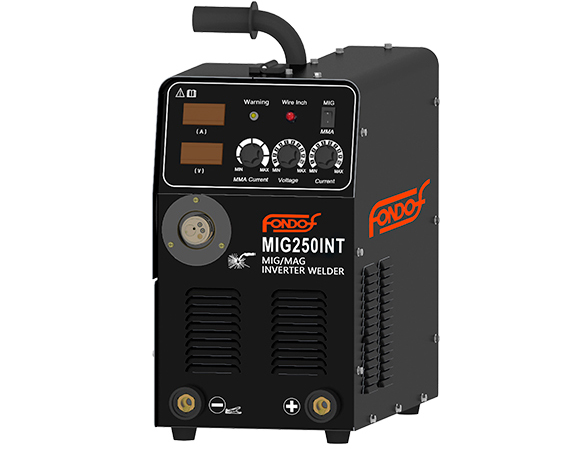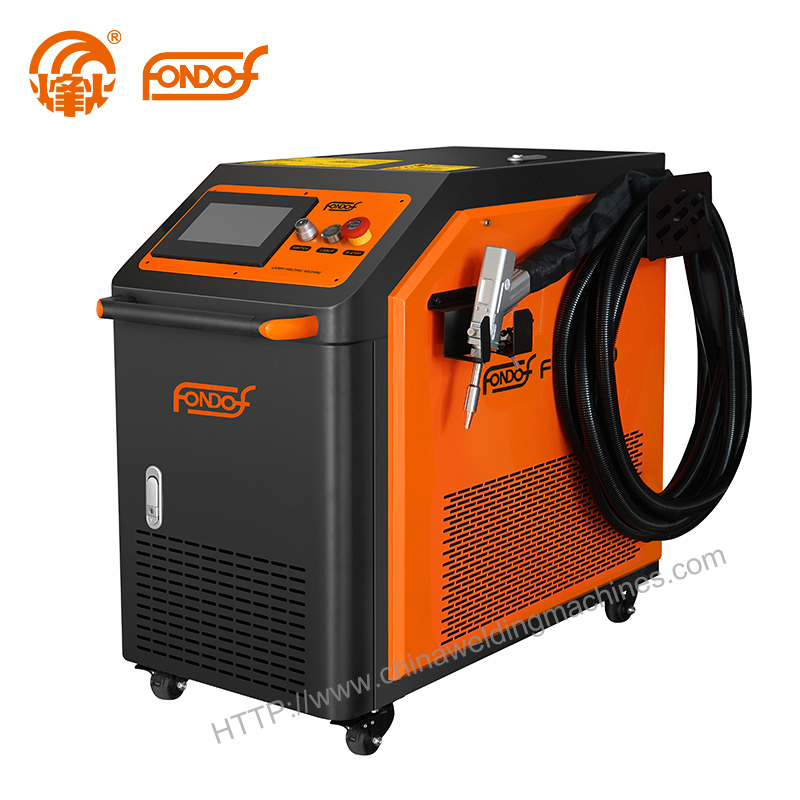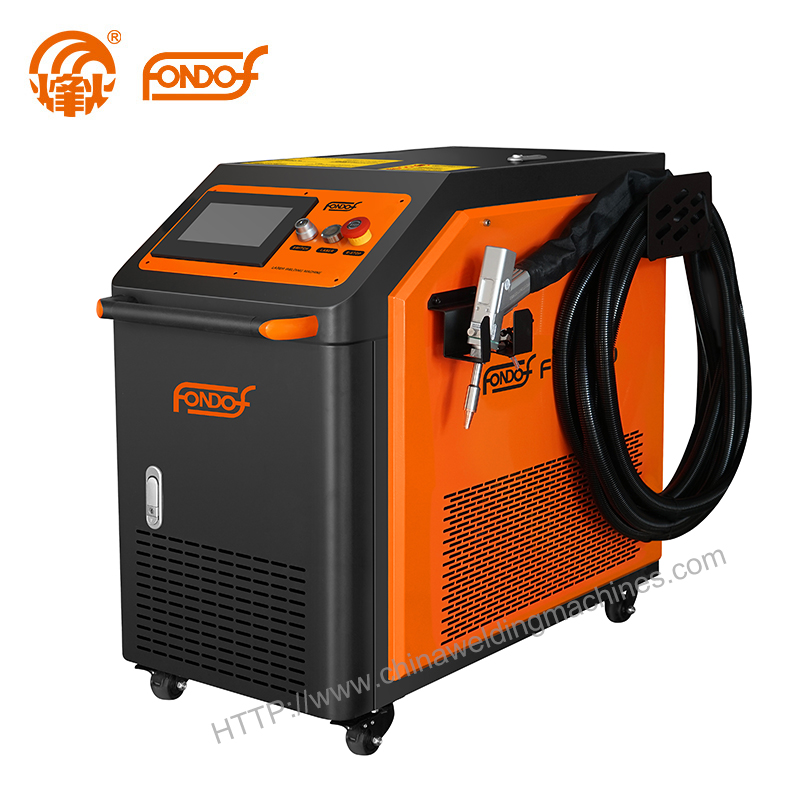MIG Welding Gas
 Jun. 22, 2022
Jun. 22, 2022
Mig Welding Gas is required because it’s essential to keep Oxygen from the weld pool.
Shielding gas does this by replacing the Oxygen-containing air that’s all around the weld pool.

MIG250INT
Categories of Mig Welding Gas
MIG Welding Gas falls into two basic categories, “Inert” & “Active”.
Inert means the gas has no effect on the welding process.
Active means the gas has some effect on the welding process (more on this later!)
Types of Inert and Active Mig Welding Gas
The most commonly used Inert gas is Argon. Argon is the main shielding gas used for Tig Welding and for Mig Welding Aluminium or Mig Brazing.
The most commonly used Active Mig Welding Gas is a mixture of Argon and Co2, although Pure Co2 is also still used.
Active gases are used for Mig Welding most metals (except Aluminium and Mig Brazing, where pure Argon is used).
Co2 is the lowest cost of the Active Gases, but is far from the best.
Co2 produces a cooler, coarser, more spattery arc and a marginally harder weld. Co2 is a more challenging gas to use on thin material and not all Mig Welders perform well with 100% Co2 as a shielding gas!
An Argon/Co2 mix produces superior results as the arc is softer and smoother with the resulting weld deposit slightly softer and more malleable than where pure Co2 is used.
There are several different mixes of Argon/Co2 on the market, typically:
95% Argon + 5% Co2, is ideal for Mig Welding up to around 10mm Steel
90% Argon + 10% Co2, is ideal for Mig Welding 8-25mm Steel
80% Argon + 20% Co2, is ideal for Mig Welding 20mm plus Steel
What Inert and Active Mig Welding Gas Does
An Inert gas, such as Argon, has no effect, or reaction, on or with the welding process, it simply performs the essential task of replacing Air/Oxygen from around the weld pool.
Active gases do have an effect on the welding process. The effect of an active gas on Mig Welding is twofold:
Firstly, the Co2 content in an Argon/Co2 mix makes the gas slightly electrically conductive, this in turn raises the arc voltage, which increases penetration.
The second effect is the Co2 content breaks down the surface tension of the molten weld pool (this is the same type of surface tension that allows water to form a drip).
Using Co2 to break the surface tension of the molten weld pool allows the weld to flow and flatten slightly for the correct weld profile.
If an Inert gas is used for Mig Welding (except Aluminium and Mig Braze), higher machine power output will be needed to achieve penetration and the finished weld will look too tall because the surface tension has not been broken.
Mig Welding & Mag Welding
The use of Active Gases for most Mig Welding applications means that most operators are actually MAG welding (Metal Active Gas) rather than MIG (Metal Inert Gas) welding, however, MIG has become the generic term, despite, in fact, being inaccurate
I hope you found this useful, if things work out well for you, please feel free to contact us.



























